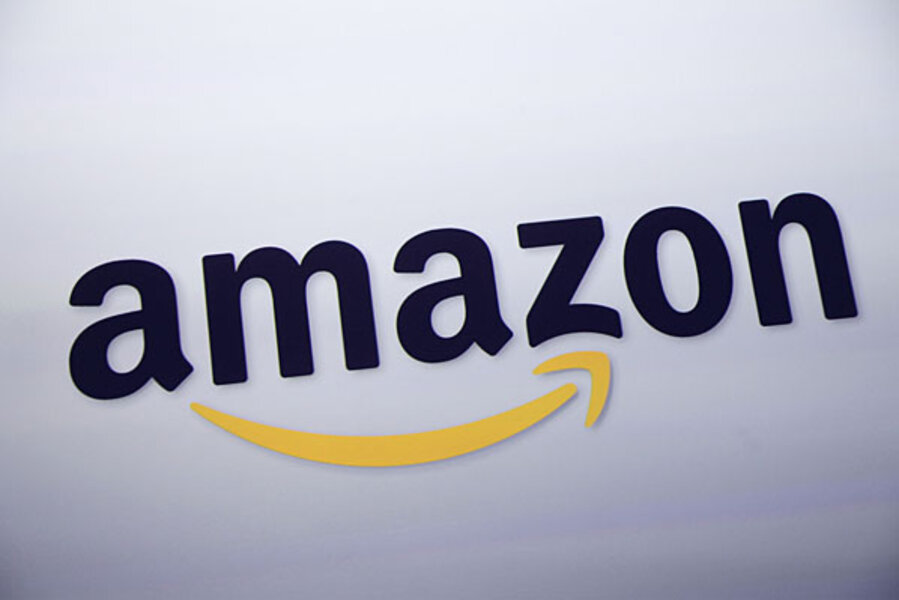Many shoppers look to Amazon for deals on textbooks, clothing, and electronics, and the online retailer was one of the first to offer a trade-in program. You can trade in everything from books to video games to iPhones and receive Amazon gift cards in return, which is nice as Amazon sells pretty much anything you could need. You search the going price of your item, mail in your device (or devices – you can trade in multiple items at a time) to Amazon with a prepaid label, and you'll get an estimated price two days after it has been delivered. It also keeps track of items you have bought, so you can see their current worth. However, the payback price isn't as high as other retailers, and goes down significantly as the condition of your phone lessens. The difference between a "Like New" iPhone and a "Good" iPhone is currently $12, but the difference jumps by $40 if it is only "Acceptable".
Level of ease: Easy to medium, depending on how many items you want to ship.
Estimated trade-in value: Varies by demand. Current estimated price for a 16GB iPhone 5 with AT&T is $363.75.






